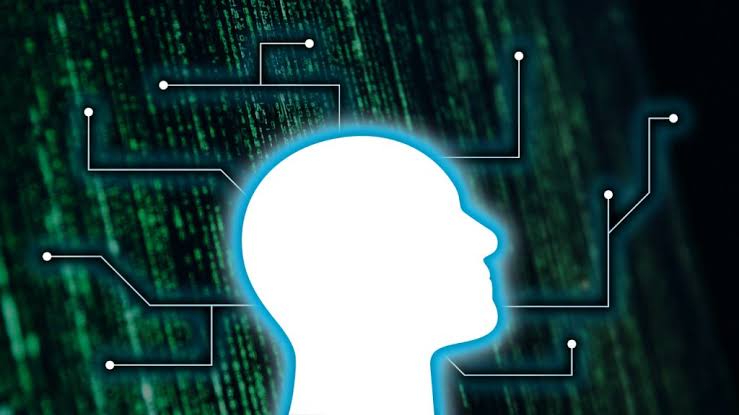
Pentesting vs. Bug Bounty: Understanding the Differences and Choosing the Right Approach
Introduction In today’s digital landscape, securing systems and protecting data from cyber threats is paramount. To achieve this, organizations often turn to penetration testing (pentesting)








